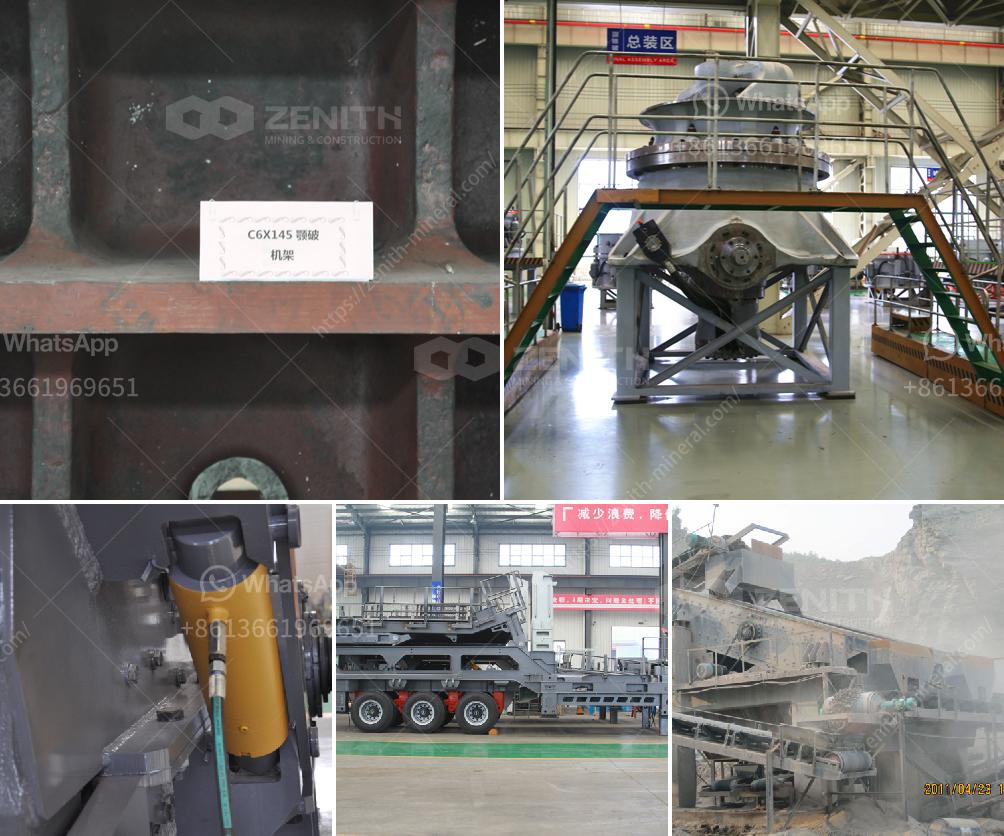A 10tph (tons per hour) placer gold processing plant designed to handle sticky clay requires a combination of high-efficiency equipment and effective processing techniques to ensure optimal gold recovery. Here is an outline for setting up such a plant:
1. Feeding System:
- Grizzly Feeder: A vibrating grizzly feeder can be used to screen out large rocks and debris from the placer material, allowing finer materials to pass through.
2. Scrubbing System:
- Trommel Scrubber: This cylindrical drum is essential for washing and breaking down sticky clay and gold-bearing gravel. It should be equipped with strong internal lifters to ensure thorough scrubbing.
- Log Washer: Depending on the amount of clay, a log washer can be used in conjunction with the trommel to further break down stubborn clay.
3. Screening System:
- Vibrating Screen: After scrubbing, the material can be passed through a vibrating screen to separate finer gold-bearing particles from larger debris.
4. Concentration System:
- Sluice Box: Traditional sluice boxes can effectively recover gold by utilizing gravity and water flow. Consider using multiple sluice boxes with riffles and mats to maximize gold capture.
- Centrifugal Concentrator: A centrifugal gold concentrator can help in recovering fine gold particles that the sluice might miss.
- Shaking Table: For further concentration and cleaning, a shaking table can be used to separate gold particles from other lighter materials.
5. Water Supply and Recycling:
- Water Pumps: Adequate water supply is vital for the efficient washing and separation processes. High-capacity water pumps ensure consistent flow.
- Water Recycling System: Incorporate a water recycling system to minimize water usage and environmental impact. This can include settling ponds or a clarifier system to clean and reuse water.
6. Recovery and Refinement:
- Gold Sluice Mats: Use specialized mats in sluice boxes to capture fine gold particles.
- Amalgamation: (if legal and safe) Mercury amalgamation can be used for further gold recovery, but it requires extreme caution due to health and environmental risks.
- Smelting Furnace: For the final stage, a small-scale smelting furnace can be used to purify and mold the gold into bars.
7. Safety and Environmental Considerations:
- Safety Gear: Ensure all workers are equipped with appropriate safety gear, including gloves, helmets, eye protection, and boots.
- Environmental Management: Implement practices to minimize environmental impact, including proper disposal of tailings and recycling of water.
8. Monitoring and Optimization:
- Regular Sampling: Conduct regular sampling and analysis to monitor gold recovery rates and adjust processes as needed.
- Control Systems: Automated control systems can help regulate the flow of materials and water, enhancing efficiency.
Conclusion:
With the right mix of equipment and techniques, a 10tph placer gold processing plant can efficiently handle and process materials with sticky clay. Ensure ongoing maintenance and adjustments to improve recovery rates and operational efficiency.

